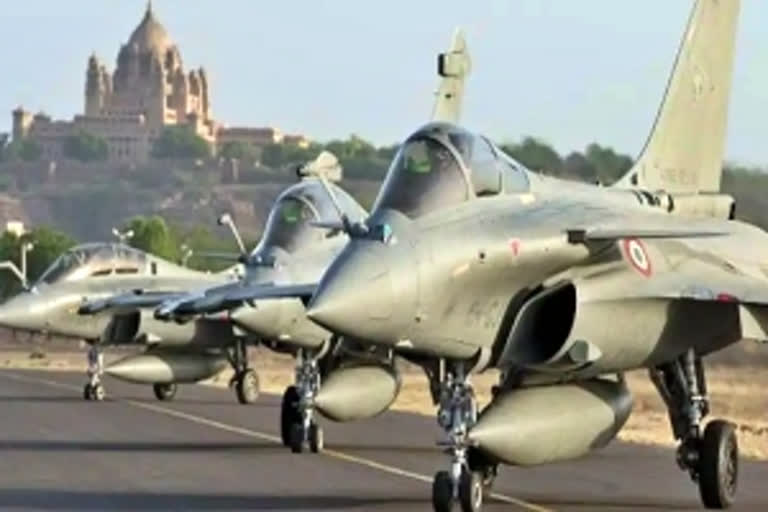New Delhi: Fighter aircraft operating from state highways, rail wagons capable of carrying all military equipment and hardware, all satellites with military objectives, all these may soon be a part of declared government policy.
The effort may have unfolded on May 21, 2015, when a lone Mirage 2000 aircraft landed on the Yamuna Expressway to test the feasibility of using state highways for landing and taking off air fighters which will be a definite force multiplier in times of war.
A slew of such operations followed. In November 2017, three Mirage 2000 and three Sukhoi fighters touched down on the Expressway.
Then on October 24, 2017, an entire range of IAF aircraft comprising three deep penetration Jaguars, 12 multi-role air superiority Mirage 2000s and Sukhoi-30 and a C-130J Super Hercules airlifter taking part in a drill to touchdown and take off on a 3-km-long stretch of the six-lane Agra-Lucknow Expressway underscoring skill and capability besides demonstration of military preparedness in times of war and other emergencies.
Also Read:BrahMos missiles' supply: India signs key pact with Philippines for sale of defence equipment
Such 'airstrips' assume critical value as airports figure on the top of the enemy’s bombing targets during the war. Many Western nations use their highways as alternate landing strips while India’s neighbours China and Pakistan have landed their fighter jets on their roads many years ago.
Pakistan, for instance, landed its first fighter aircraft in Islamabad-Lahore about 17 years ago. The Islamabad-Lahore highway is equipped with four emergency sections of nearly three km each which become fully functional runway strips by removing temporary concrete blocks.
In a significant address at the Vivekananda India Foundation, a leading think-tank, in the national capital on Wednesday, India’s Chief of Defence Staff (CDS) General Bipin Rawat gave a glimpse of the roadmap the government may be mulling—and some of them are indeed far-reaching changes.
